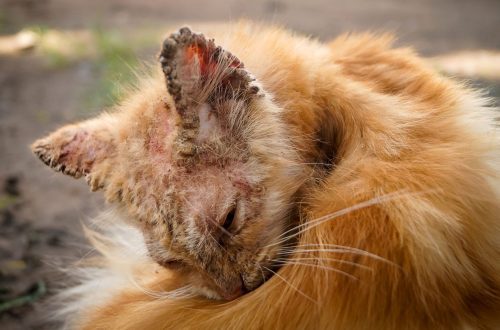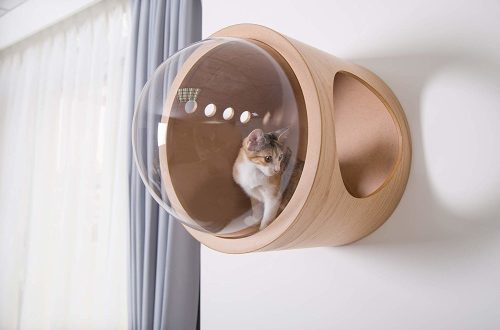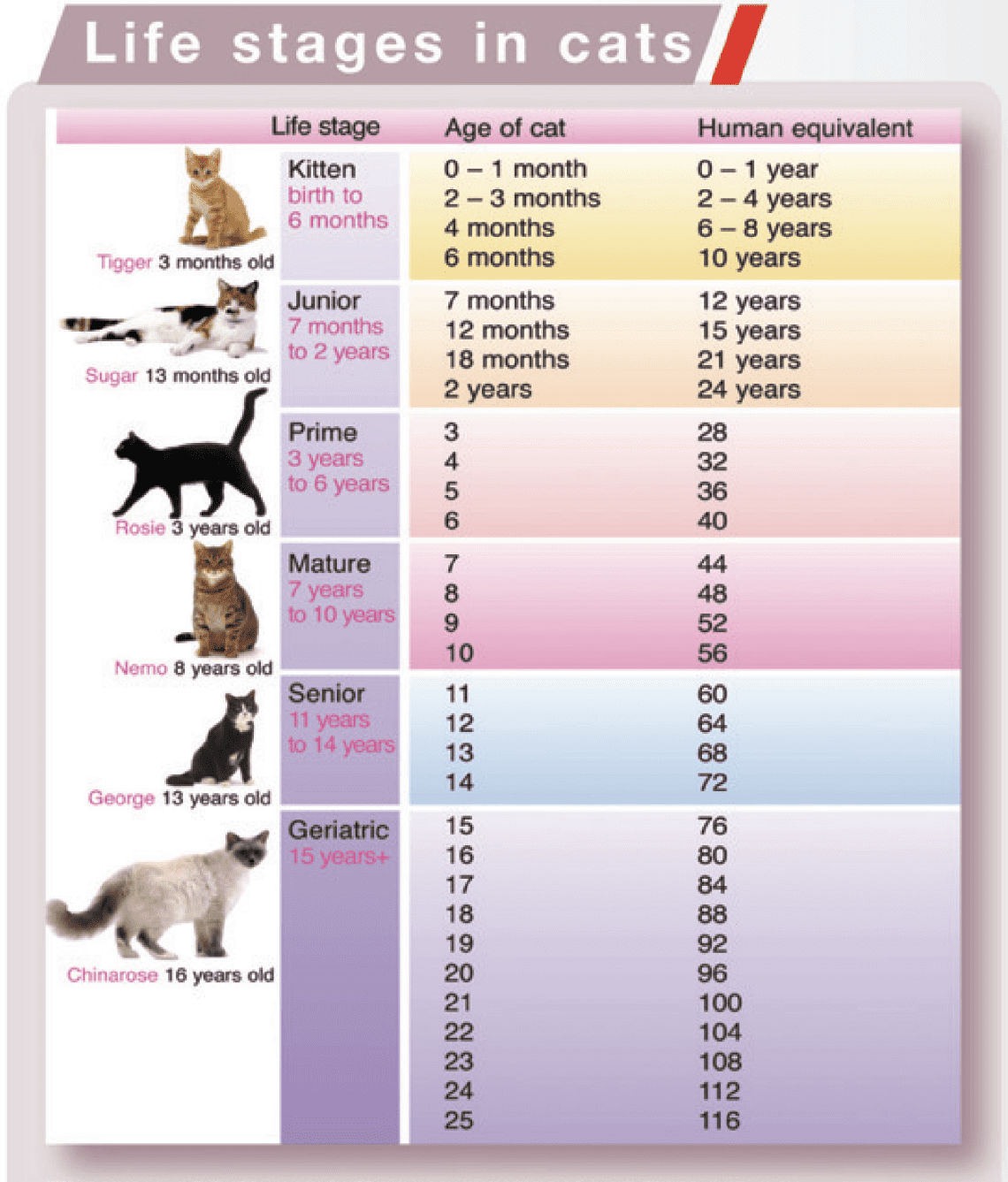
Signs of aging in a cat and problems associated with age
You were with your beloved cat in sorrow and in joy. As years stretch into decades, it’s easy to forget that your trusty tailed friend is no longer the full-bodied kitten he once was. Your cat may not be showing any obvious signs of aging yet, but your last visit to the veterinarian showed you that your beloved pet now needs extra care. Older cat problems are not always easy to spot, especially if you don’t know what to look for. Read on to learn how to identify and care for your aging cat’s problems in the best possible way.
Contents
Can your cat be considered elderly?
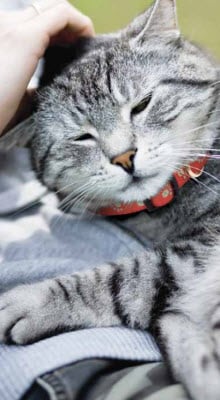 Once upon a time, cats at the age of eight were already considered long-lived, but now that they increasingly live in houses, not walking on the street, and enjoy the achievements of veterinary medicine and nutrition, they often live beyond fifteen or even twenty years. However, despite their long lifespan, cats approach old age as early as seven years old. While this may seem like a pretty early age to enter the senior stage, it’s important to understand the changes going on in a cat’s body. Look at it this way: even though people today are living longer (sometimes up to 90 or even 100+ years), they are still getting older at the age of 60-65. Even if you don’t notice any outward physical changes, it’s important to understand what life stage your cat is in.
Once upon a time, cats at the age of eight were already considered long-lived, but now that they increasingly live in houses, not walking on the street, and enjoy the achievements of veterinary medicine and nutrition, they often live beyond fifteen or even twenty years. However, despite their long lifespan, cats approach old age as early as seven years old. While this may seem like a pretty early age to enter the senior stage, it’s important to understand the changes going on in a cat’s body. Look at it this way: even though people today are living longer (sometimes up to 90 or even 100+ years), they are still getting older at the age of 60-65. Even if you don’t notice any outward physical changes, it’s important to understand what life stage your cat is in.
Signs of Aging in Cats
Usually closer to old age, the cat’s activity decreases. She becomes more sleepy, experts at the College of Veterinary Medicine at Cornell University say, she no longer wants to jump or climb high, she even begins to have difficulty climbing into secluded places. Older cats tend to gain weight, although some, on the contrary, begin to lose weight. And even if any of these changes simply indicate a decrease in energy in your aging pet, they should not be ignored. Any such symptoms may be associated with serious health problems and should be discussed with a veterinarian.
Common problems in older cats
Cats’ problems associated with aging often overlap with those faced by older adults. Older cats are prone to problems such as obesity, visual and hearing loss, dementia, and diseases such as arthritis, diabetes, cancer, liver and kidney disease, and thyroid. Aging cats often develop oral problems, such as gum disease and tooth loss, or loosening at the roots. The following are symptoms that could mean your cat is experiencing one of these aging-related problems:
- Reluctance to jump or climb high.
- Weight change.
- Strange swellings or lumps.
- Refusal to use the tray.
- Loss of appetite.
- Diarrhea or constipation.
- Urinary incontinence or infrequent urination.
- Drowsiness or lethargy.
- Forgetfulness.
- Frequent meowing, howling, or other sounds.
- Discharge from the nose or eyes.
- Cloudy eyes.
- The cat bumps into things.
- The cat scratches its eyes.
- Excessive blinking.
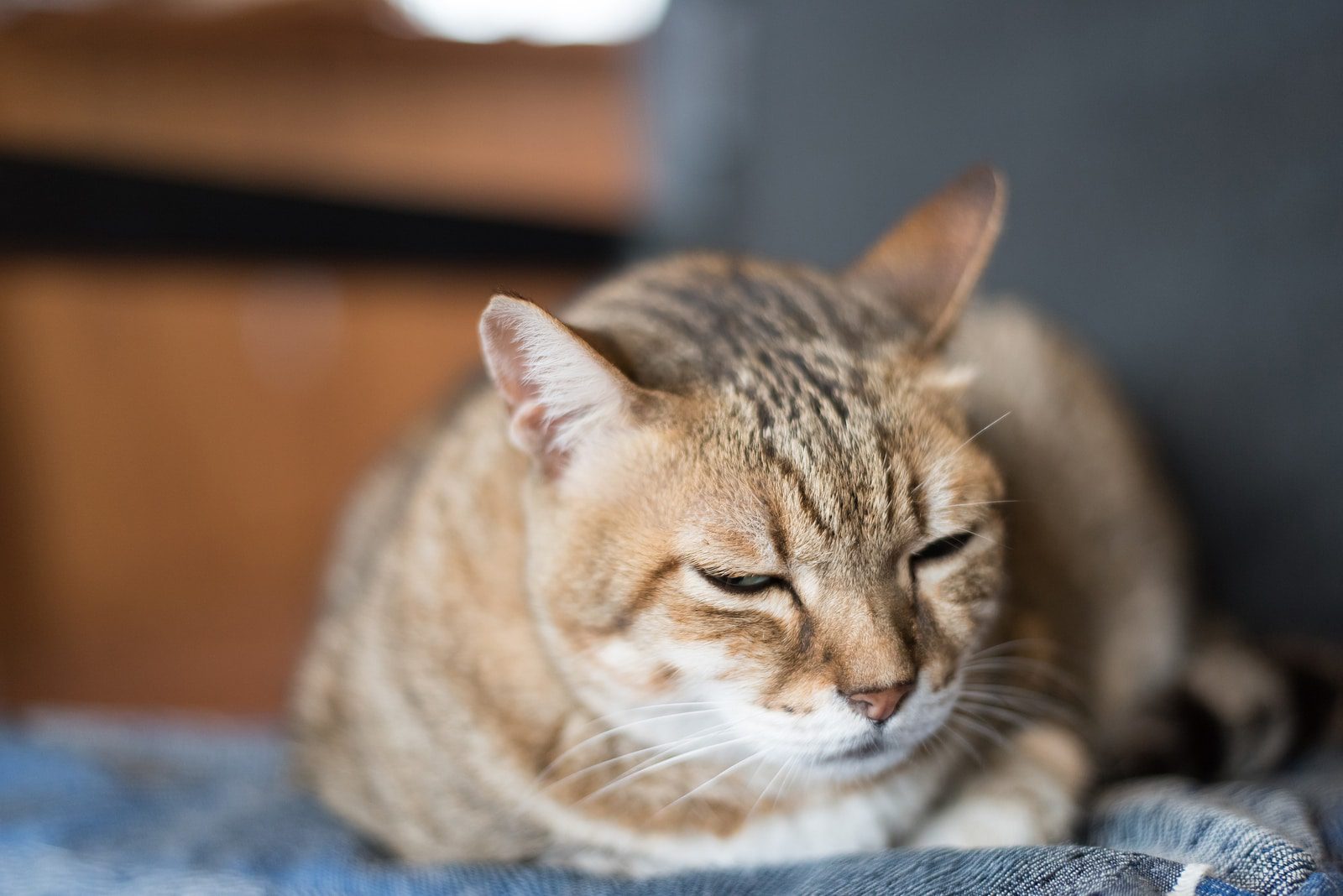
Elderly cat care
Providing proper care for an older cat can prolong her life and make her more comfortable.
Nutrition and physical activity. Feed your pet a high quality food specially formulated for older cats. Talk to your veterinarian about your cat’s nutritional needs at this age and how much food they need. If your cat’s symptoms are related to a medical condition, your veterinarian may prescribe a special medicated food, such as Hill’s Prescription Diet, to help control the condition.
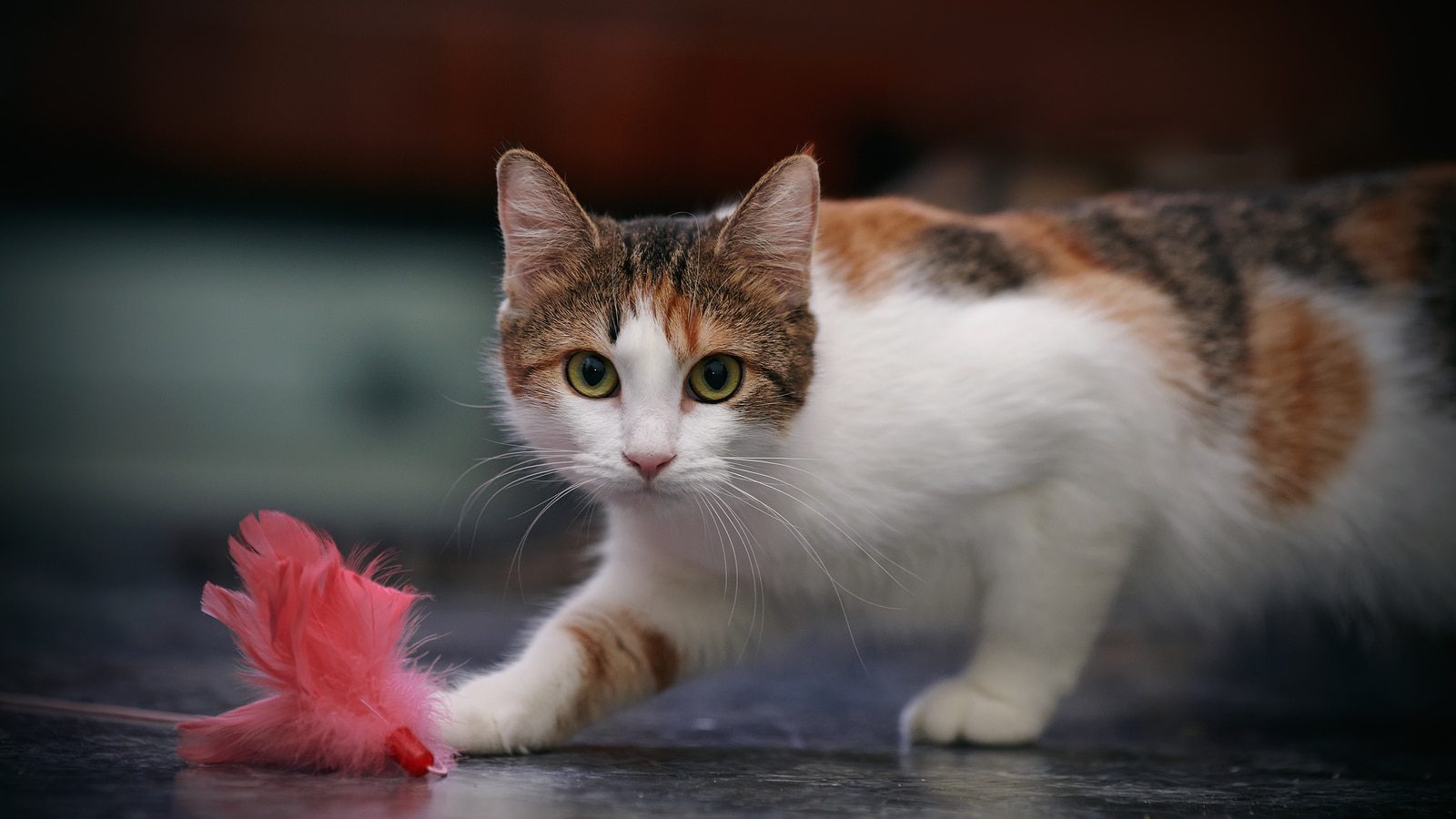 It is especially important for an older cat to drink enough clean, fresh water to improve kidney function and prevent dehydration. Make sure there is enough water and that the cat always has access to it. Older cats can sometimes forget they need to drink, so consider adding wet food or even switching to wet food to ensure your cat is getting enough fluids.
It is especially important for an older cat to drink enough clean, fresh water to improve kidney function and prevent dehydration. Make sure there is enough water and that the cat always has access to it. Older cats can sometimes forget they need to drink, so consider adding wet food or even switching to wet food to ensure your cat is getting enough fluids.
Although older cats tend to be inactive, it’s still good for them to move regularly. Encourage the cat to play and move as often as possible, taking into account its physical strength. But don’t force her, especially if she’s showing signs of joint pain or discomfort.
Joint care: You can help reduce your cat’s risk of arthritis and joint problems by giving her a diet containing omega-3 fatty acids and supplements designed to promote joint health, such as glucosamine and chondroitin. If her food does not contain these additives, you can give them separately. Regular physical activity can also help strengthen joints. You should also think about how to make it easier for the cat to move around the house. Also, reducing or controlling weight are the best ways to get rid of or prevent joint problems in cats. If bowls with food and water are on a raised platform, they should be placed lower. The sleeping place should also be moved to where the animal can easily reach. If the litter box is difficult for the cat to use, change it to another one with lower edges that will make it easier for her to climb over.
Regular visits to the veterinarian: Cats are masters at hiding their pain, so any symptoms of illness can go unnoticed until the disease gets too advanced. Therefore, it is important to take your cat to the veterinarian regularly. The specialist will be able to identify problems that you do not notice and detect serious diseases before they become life-threatening or cause too much harm. Be extremely attentive to the health of your older cat and report any changes to your veterinarian.
Oral Care: As your cat ages, you need to take them for regular oral checkups and teeth cleanings. Otherwise, diseases and infections of the oral cavity can affect the health of the cat as a whole. You can prevent or detect dental problems early by starting a cat oral care routine at home and brushing her teeth regularly.
It’s not easy to accept that your cat is getting older, but by providing the right care for her, you can improve her quality of life and even prolong her life. Understanding the challenges an older cat may face will help you become a more empathetic owner and maximize her quality of life. Just because a cat is getting old doesn’t mean its life is coming to an end, it’s just learning to live differently and you still have a lot of things to do with it that best friends love to do.



